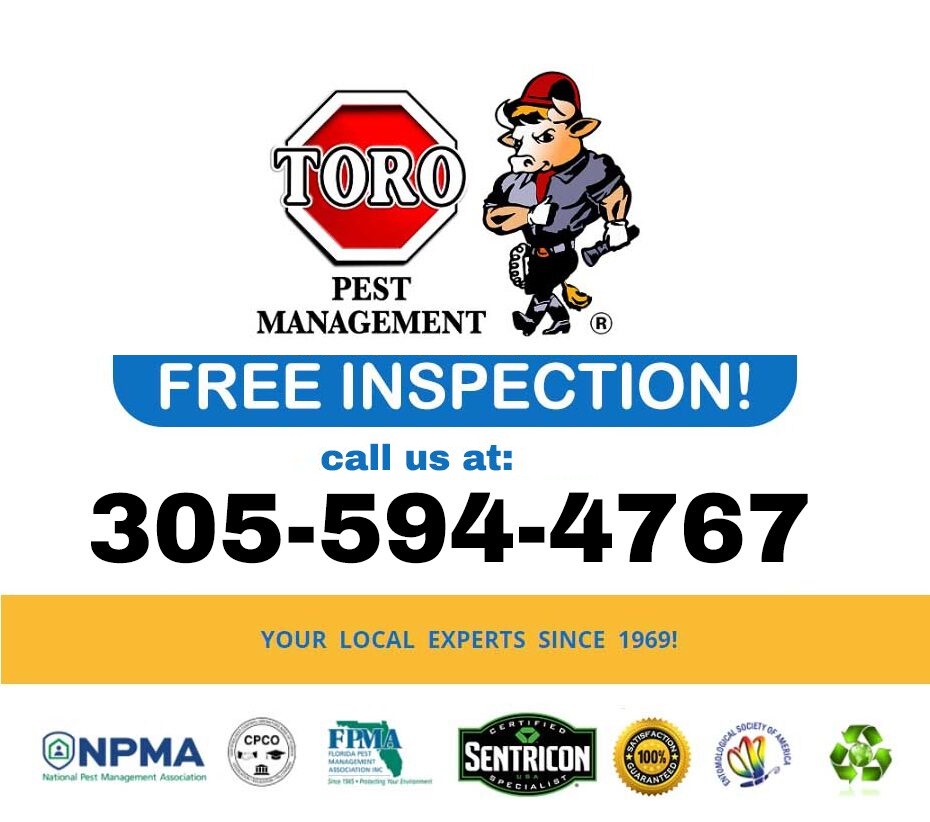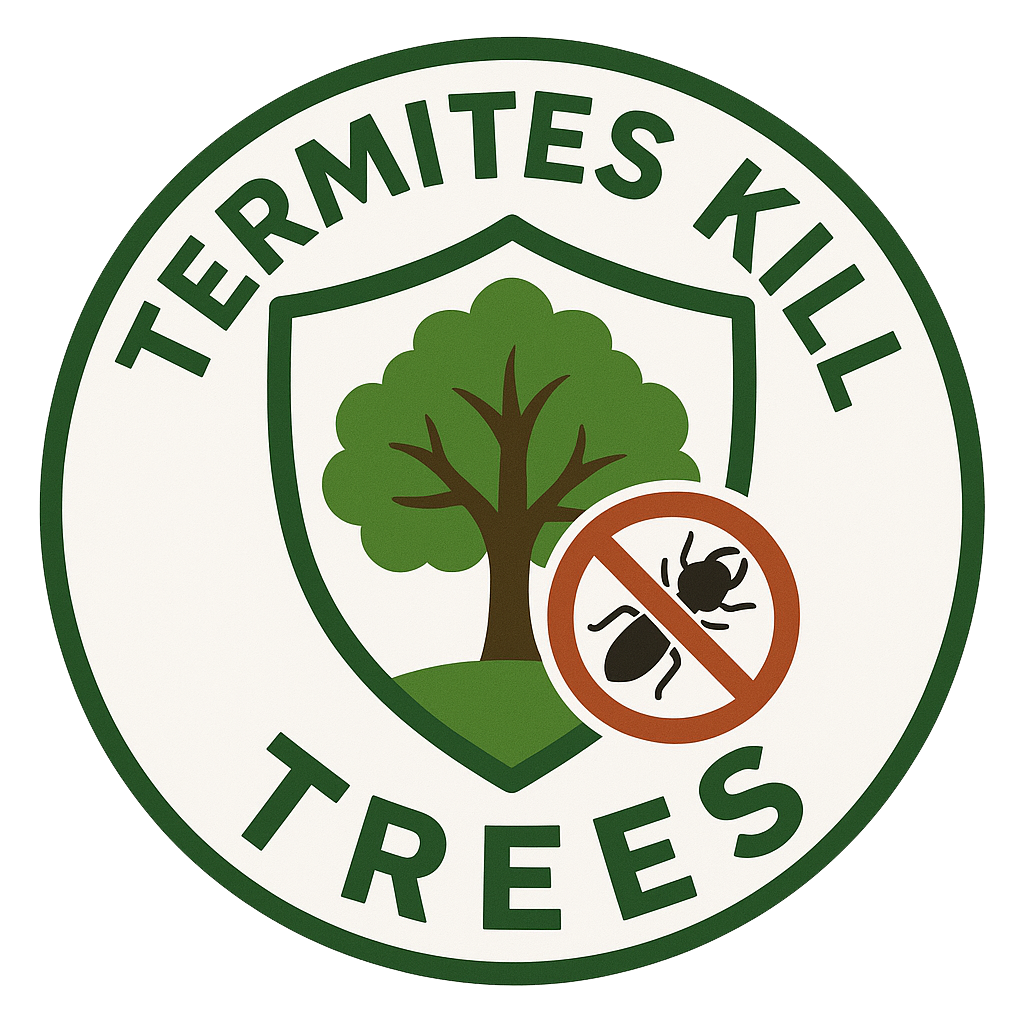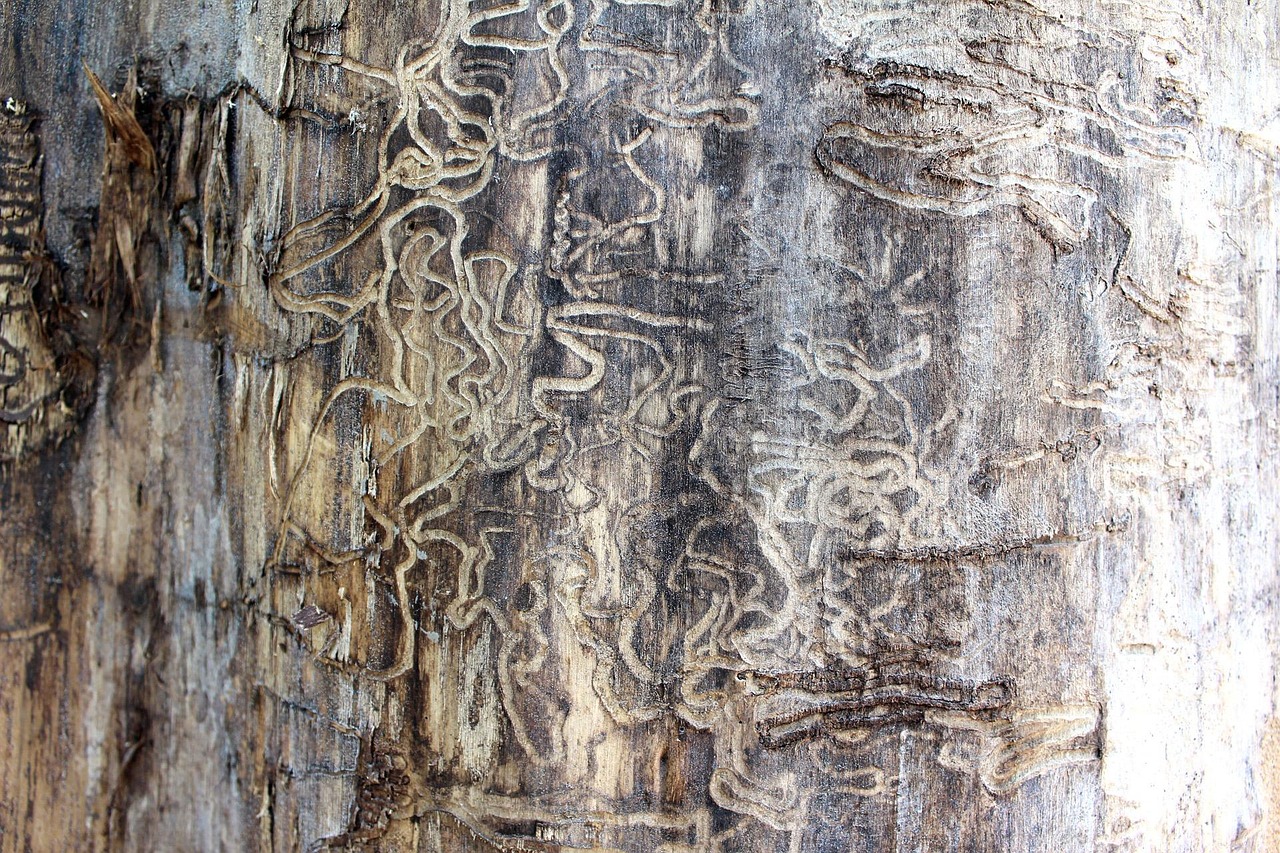Towering oaks, swaying palms, and leafy jacarandas do far more than beautify South Florida neighborhoods—they lower ambient temperatures, absorb storm water, raise real‑estate values, and anchor a sense of place. Yet those same living assets can also serve as stealth launch pads for subterranean termites. Once a colony establishes itself in a single weakened tree, it gains an elevated food supply, protection from predators, and a direct bridge to nearby structures. The economic and ecological costs that follow are rarely captured in a single line‑item budget, but they are both real and preventable.
From Root Flare to Roof Line: How the Infestation Spreads
Subterranean termites typically begin by attacking stressed or injured roots, where moisture and cellulose are abundant. As workers consume the heartwood, galleries expand vertically through the trunk and out into overhanging limbs. When the colony’s population surges, scouts tunnel outward several dozen yards in search of fresh cellulose. Landscape timbers, fence posts, play sets, and—most critically—house foundations become the next targets. Because these “feeder” galleries are hidden underground, residents often discover the infestation only after winged swarmers emerge inside living rooms or mud tubes climb exterior walls.
The Community‑Wide Price Tag
- Tree Loss and Removal Costs: Felling and stump‑grinding a mature tree can exceed $5,000, and municipalities often shoulder mass‑removal expenses after hurricanes expose termite‑hollowed trunks.
- Infrastructure Damage: As trees weakened by termites topple, they routinely take out utility lines, sidewalks, and irrigation systems—driving up repair assessments across homeowners’ associations or city budgets.
- Property Devaluation: Studies show that neighborhoods with depleted canopy coverage can see real‑estate prices dip by 5–15 %, particularly in heat‑sensitive climates.
- Increased HVAC Load: Less shade equals higher cooling bills. According to the U.S. Forest Service, a single healthy street tree can reduce summer energy use by 2–5 %.
- Public‑Safety Liability: Municipalities and HOAs can be held responsible for injuries caused by falling limbs from termite‑compromised trees.
Counting the Environmental Toll
Beyond monetary losses, the ecological hit is profound. Canopy gaps raise urban heat‑island indices, stress understory vegetation, and reduce habitat complexity for birds and pollinators. Chemical‑heavy “crash” responses—such as blanket soil applications of pyrethroids—can further disrupt soil microbiomes and aquatic systems.
Proactive Defense: Integrated Pest Management + Sentricon®
Communities that adopt an Integrated Pest Management (IPM) framework—fortified with Sentricon® bait technology—dramatically cut both risk and long‑term costs:
- Site‑Wide Risk Assessment: Certified specialists map stress factors (compacted soil, irrigation leaks) and designate high‑value trees for monitoring.
- Non‑invasive Detection: In‑ground wood interceptors flag early activity without chemicals, allowing intervention before structural damage occurs.
- Targeted Colony Elimination: When termites appear, Sentricon® cartridges replace monitors. Workers ferry a chitin‑synthesis inhibitor back to the queen, neutralizing the colony at its origin.
- Ongoing Stewardship: Quarterly station audits and canopy‑care best practices—like proper mulching and pruning—maintain a termite‑unfriendly landscape.
By focusing on precision baiting over broad‑spectrum sprays, IPM with Sentricon® safeguards trees, soil biology, and public health while delivering the one result every community wants: a thriving, resilient canopy.value of your landscape naturally—with the smartest solutions available.
For fast and dependable termite control services look no further than Toro Pest Management. Since 1969, Toro’s has been a local, family-owned business committed to friendly service, effective solutions, and 100% customer satisfaction. We offer FREE INSPECTIONS! Besides we are one of the very few companies in Florida that is CERTIFIED as SENTRICON SPECIALIST.

Cities Covered:
Aventura, Bal Harbour, Bay Harbor Islands, Biscayne Park , Coral Gables, Cutler Bay, Doral , El Portal, Florida City, Golden Beach, Hialeah, Hialeah Gardens, Homestead, Indian Creek, Key Biscayne, Medley, Miami, Miami Beach, Miami Gardens, Miami Lakes, Miami Shores, Miami Springs, North Bay Village, North Miami, North Miami Beach, Opa-locka, Palmetto Bay, Pinecrest, South Miami, Sunny Isles Beach, Surfside, Sweetwater ,Virginia Gardens, West Miami among many other cities in South Florida.


0 responses to “Community Canopies at Risk: The Hidden Cost of Tree‑Borne Termite Outbreaks”